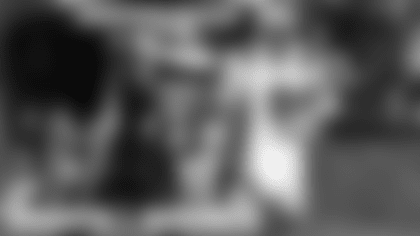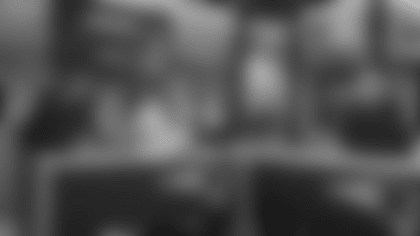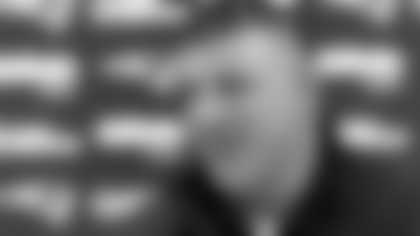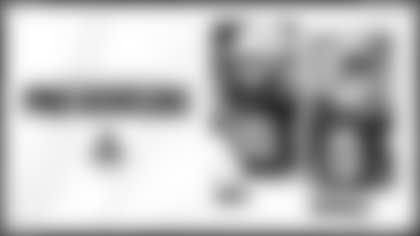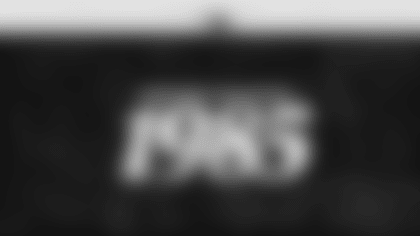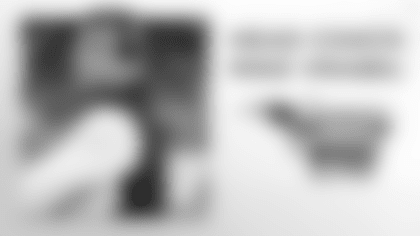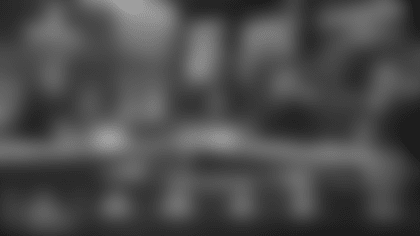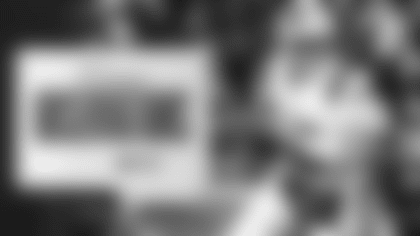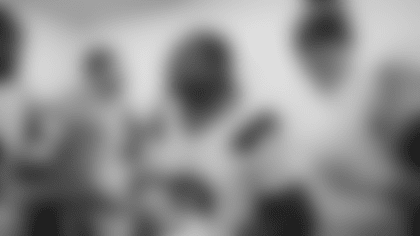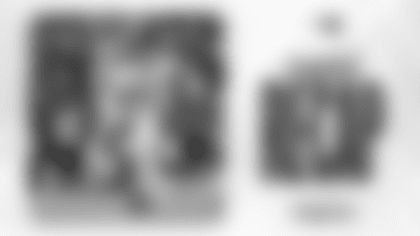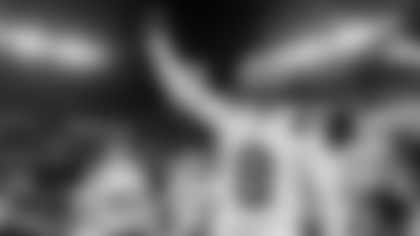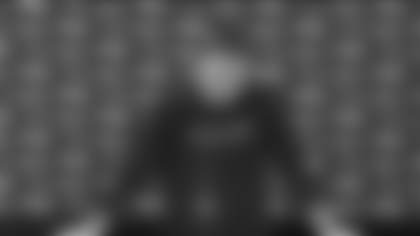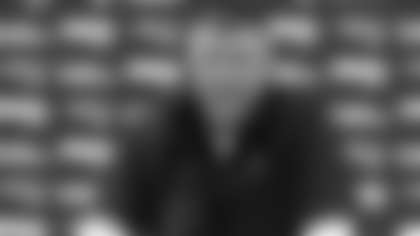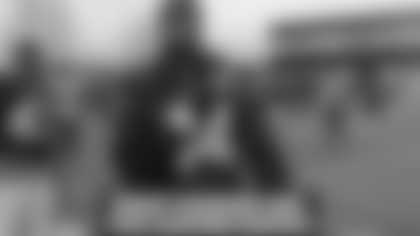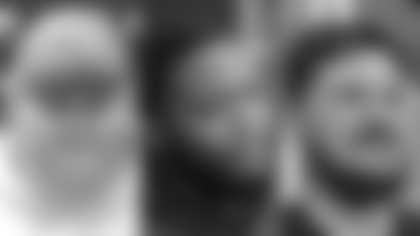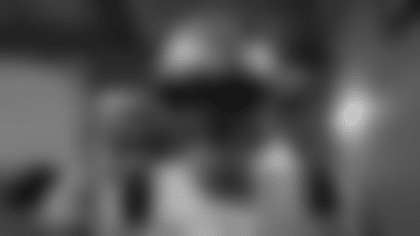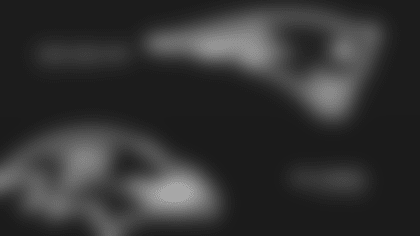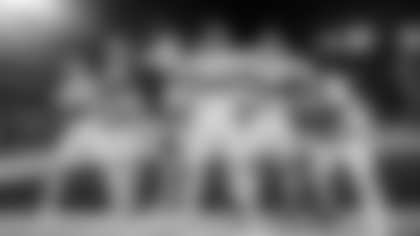HOMESTEAD AIR RESERVE BASE, Fla. (Jan. 31, 2007) -- Pilots who stray into a no-fly zone around the Super Bowl can count on an immediate, robust response from F-16 fighter planes, helicopters and lots of high-tech gadgetry aimed at countering any threat.
"We'll be prepared to handle anything like that," said Julie Torres, chief of the Miami office of the Bureau of Alcohol, Tobacco, Firearms and Explosives and the federal security coordinator for the Super Bowl.
When flight restrictions are violated, most of the time it's because of a communications problem or a pilot isn't aware of the rules. But even so, the Air Force, U.S. Customs and Border Protection and numerous other agencies are ready to intercept such aircraft, escort them to the ground and interrogate the pilots on Super Bowl Sunday.
Torres and other officials displayed some of the air assets for reporters at the Homestead base, located south of Miami.
There is also a contingency plan for shooting down a threatening aircraft if absolutely necessary, but such an order would only come from "national command authority" at the highest levels of the U.S. government, said John Beutlich, director of CBP's Air and Marine operation at Homestead.
The no-fly zone extends for 10 miles in every direction around Dolphin Stadium to an altitude of 18,000 feet, according to the Federal Aviation Administration. A second, 30-mile zone, also at 18,000 feet, requires air traffic to remain in constant contact with air traffic controllers.
The 10-mile ring includes Fort Lauderdale-Hollywood International Airport and part of Miami International Airport, but one Miami runway is south of the no-fly zone, according to the FAA.
The flight rules take effect at 4 p.m. on Sunday -- about two hours before game time -- and end shortly before midnight. The lone exception is a scheduled flyover of the Air Force Thunderbirds team, which will roar over the stadium at 1,500 feet before kickoff. No blimps, media helicopters or banner-hauling aircraft will be allowed.
When the restrictions take effect, an airborne armada will fly over South Florida, with Air Force F-16 and F-15 fighters assuming the key role of intercepting any jetliners or private jets that arouse suspicions.
"Once that's up, then our birds will be in the air," said Mike Strickler, spokesman for the 1st Air Force that among the units responsible for continental U.S. air defenses. "We'll be looking for anything out of the ordinary."
CBP, a part of the Homeland Security Department, will have its Blackhawk helicopters and Citation jets ready to track smaller private planes. CBP also has a new Dash-8 turboprop equipped with a special, ground-directed radar that can track 99 targets at the same time, CBP spokesman Zachary Mann said.
Supplementing these units will be helicopters and other aircraft from the Miami-Dade Police Department, Florida Department of Law Enforcement and even the Florida Fish and Wildlife Conservation Commission.
"Our intent here is to be present, but as silent as possible," said Robert Parker, Miami-Dade police director.
Besides the air security, the FAA will heighten surveillance and double the number of flight safety inspectors at eight airports in the region through Sunday. Two FAA inspectors will be on hand during the game at Dolphin Stadium in case of any problems.




